“What you need to understand is how passionate I am and how seriously I take this. If you’re not 100% committed to throwing everything you have behind the success of your business, then I can’t help you. For me, as with everything else in life, it’s all or nothing.” - Sabri Suby
The statistics are grim: 96% of all businesses fail within 10 years, with 80% failing within the first two years. But even the 4% that make it aren’t necessarily successful or profitable; it just means they’ve survived. If this weren’t enough… 95% of companies will never reach $1 million in annual sales. And out of these rare few, 95% won’t ever make it to $5 million. And of those, 98% won’t get to $10 million. And very, very few go beyond $100 million.
Why do so few businesses grow and become profitable?
I’ll tell you: The difference is the dedication and drive of the company’s leaders to sharpen and apply the skills that matter. And the number one skill is being able to produce revenue.
In simple terms, this is being able to ring the cash register in large enough volumes with high enough margins to sustain and grow the business. Repeated, profitable sales are the lifeblood of your business. The oxygen. Without them, your business will die.
Next steps:
3 month plan to focus on running ads and see what works without changing our pricing to produce greater margins? Or changing pricing as soon as we can and then scaling? Either way, 100% of the profit of the company will be poured back in to the company.
Focusing on advertising one or two products and constantly trying different creatives and copy.
Ad creatives:
25 1-3 second hooks2 Bodies of text
3 Call to actions
Ad creative settings:
relationship with food
day in the week of
follow me through my day
putting on makeup and smiling in mirror
donating old clothes to goodwill
zipping up those new jeans
1. Initial Setup
Ad Budget:
Start with a $1000 testing budget.
Allocate $30-$50 per day for initial testing across different ad sets and creatives.
Industry Average: For competitive niches like weight loss, initial budgets often range from $20-$50/day per ad set.
Campaign Objective: GROWTH

Studying companies to learn what to do
Choose “Conversions” as the campaign objective.
Ensure the Facebook Pixel is installed and tracking key events:
ViewContent
AddToCart
InitiateCheckout
Purchase

Analyze Performance:
After the first week, analyze performance based on key metrics:
CTR: Aim for 1%-2% as a good benchmark.
CPC: Target less than $1.00 for effective ads.
CPA: Aim to keep it under $50-$70 (depends on your budget)
ROAS: A good starting ROAS target is 2x.
Funnel Analysis:
Track the customer journey using Facebook Analytics to identify and address drop-off points.
Ensure you have conversion tracking set up to measure the effectiveness of each stage of your funnel.
Tracking
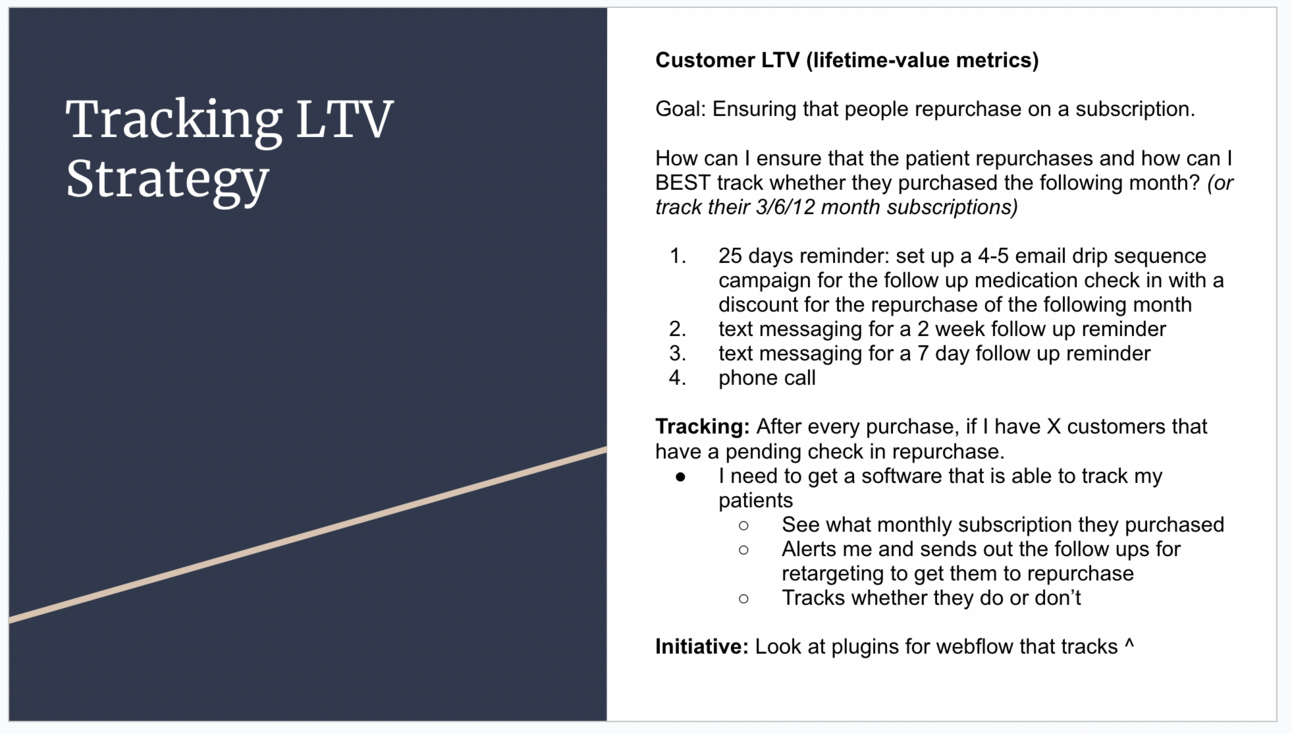
How Do You Make Sure To Track LTV?

Next Quarter Initiatives:
Increase our pricing to increase margins ⤴
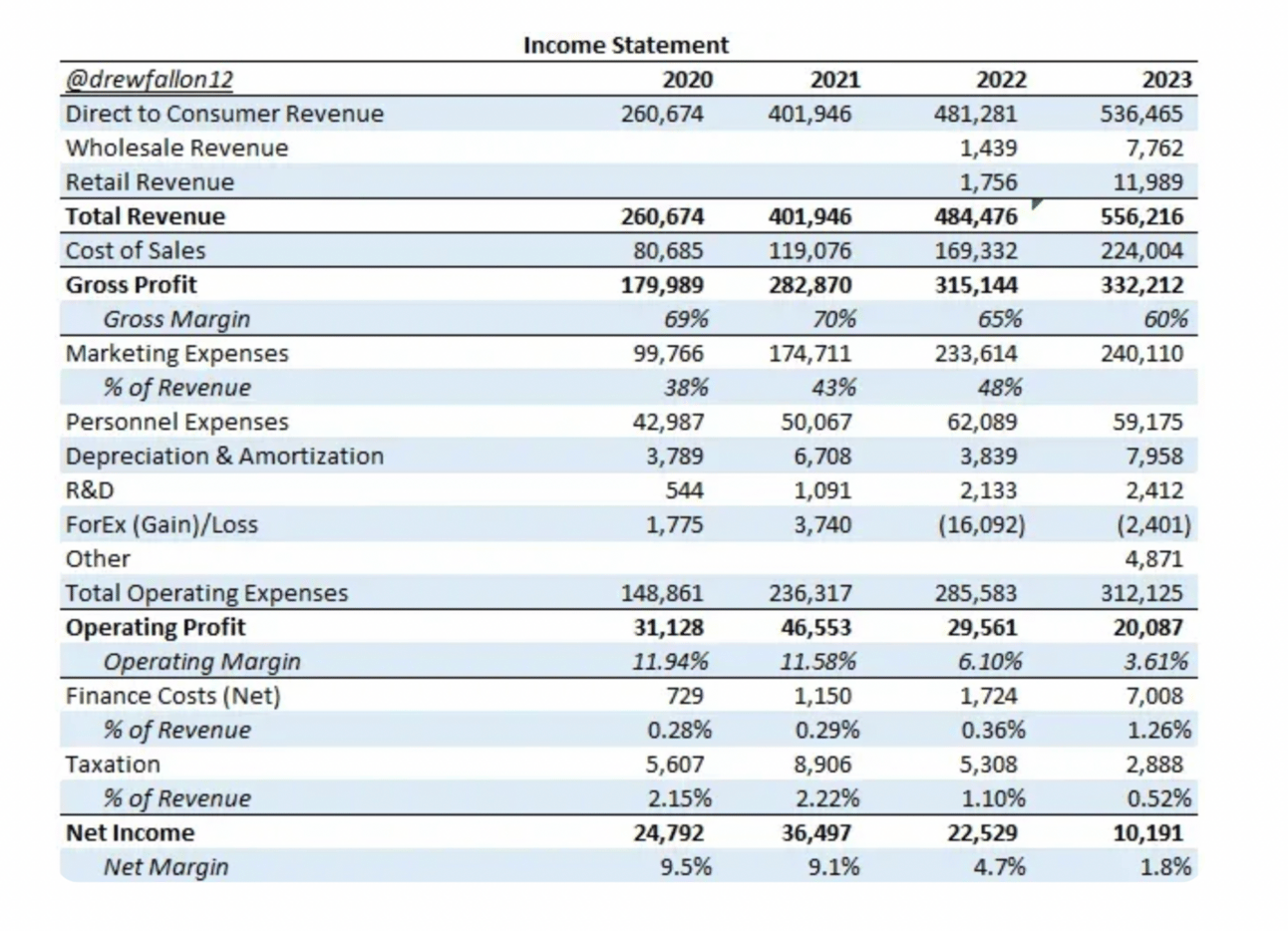
GYMSHARK P&L: 70% margins is absolutely INSANE. Gymshark grew by 15% year-over-year.
Giveaways and meet ups with people in communities that are all taking medical weight loss
Influencer Marketing - budget allocation
Building out back end on our own and looking for better fulfillment softwares as well as doctor groups so that we can increase our ability to approve people who want to purchase the medication.
Potential partnerships with med spas and online fitness coaching
Making sure we have a referral ask on the back end of every questionnaire with a gift for incentives
Getting better at finding team members and delegating the proper things to them so I can continue to grow and scale fulfillment
Key Insights From Studying Ben Francis - Founder of Gymshark
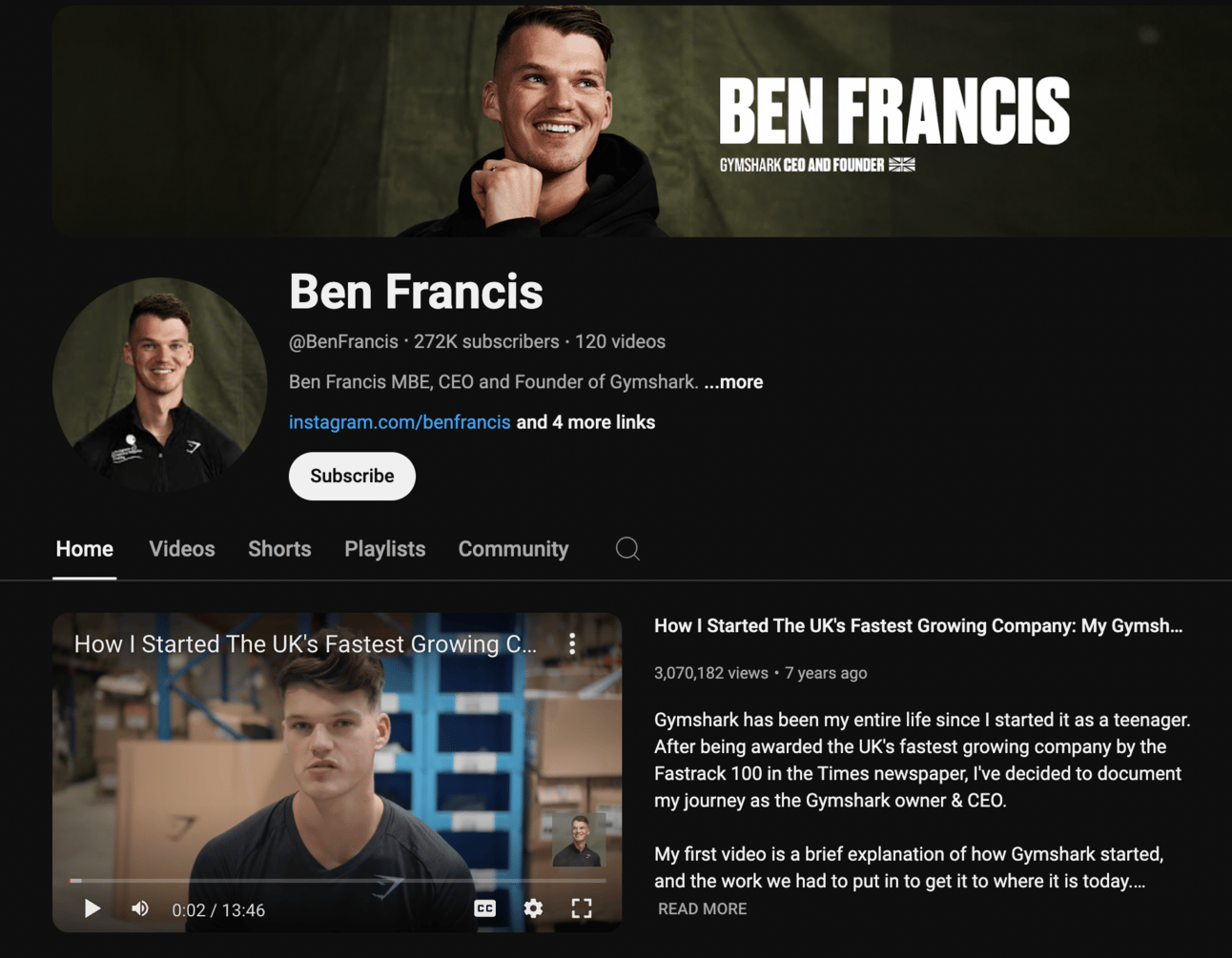
Tactical Insights
Lean Startup Approach: Starting with minimal resources and focusing on iterative development allowed Gymshark to test the market and adapt quickly.
Data-Driven Decisions: Utilizing data analytics for inventory management, marketing campaigns, and customer behavior insights enabled more informed decision-making.
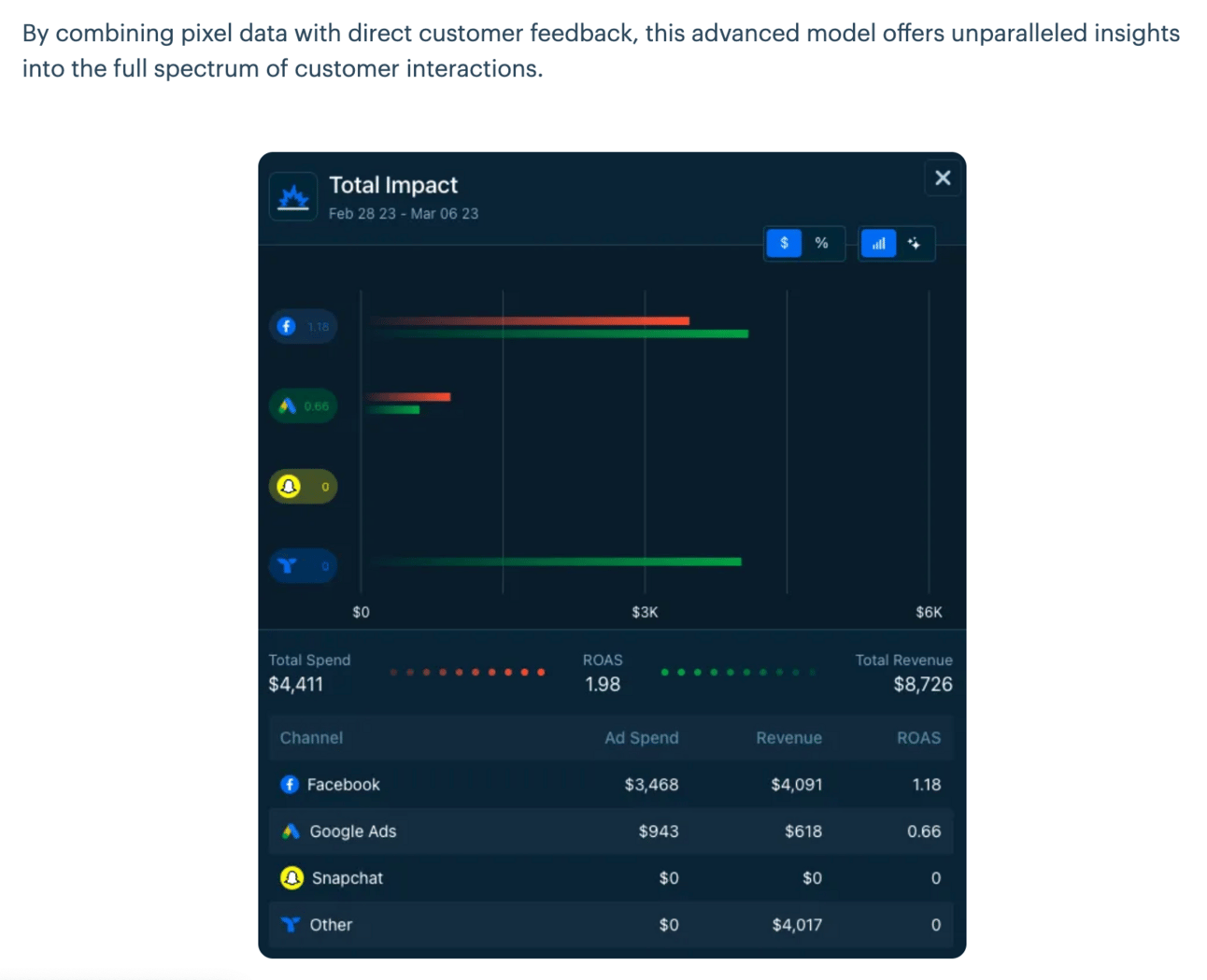

I need to have data dialed in.
Scalable Infrastructure: Investing in scalable technology and logistics solutions ensured that Gymshark could handle rapid growth without compromising on service quality.
note: keep looking for doctor back end and improving systems
E-commerce Optimization: Continuous improvements to the e-commerce platform ensured a seamless shopping experience. Features like personalized recommendations, easy navigation, and efficient checkout processes were prioritized.

60% off everything in the store right now.
Customer Service: Investing in robust customer service teams and technology (e.g., chatbots, AI-driven support systems) enhanced customer satisfaction and loyalty.
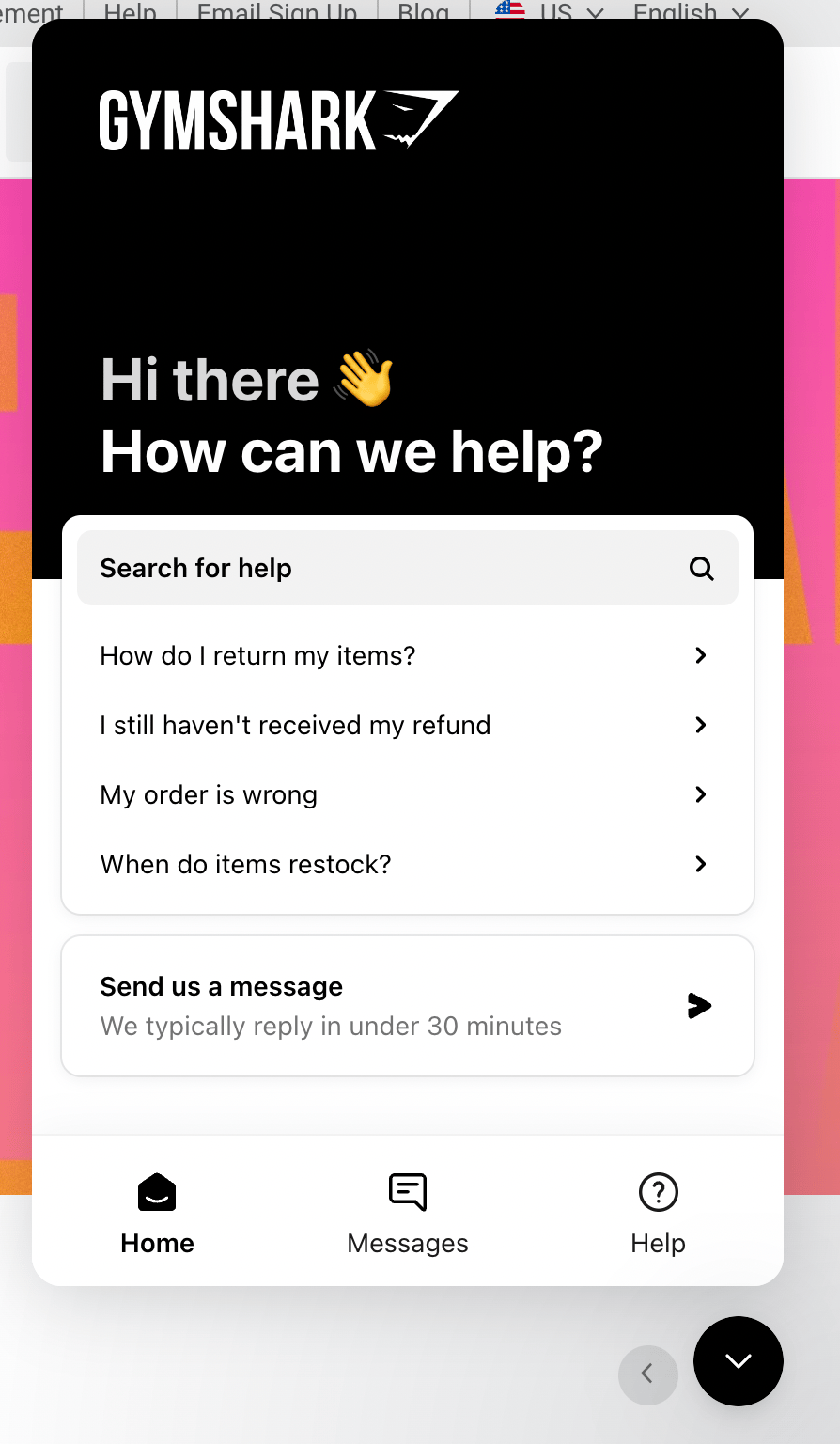
Influencer Marketing: Gymshark’s growth was significantly boosted by leveraging fitness influencers on social media. By sending free products to popular YouTubers and Instagram fitness influencers, the brand quickly gained visibility.
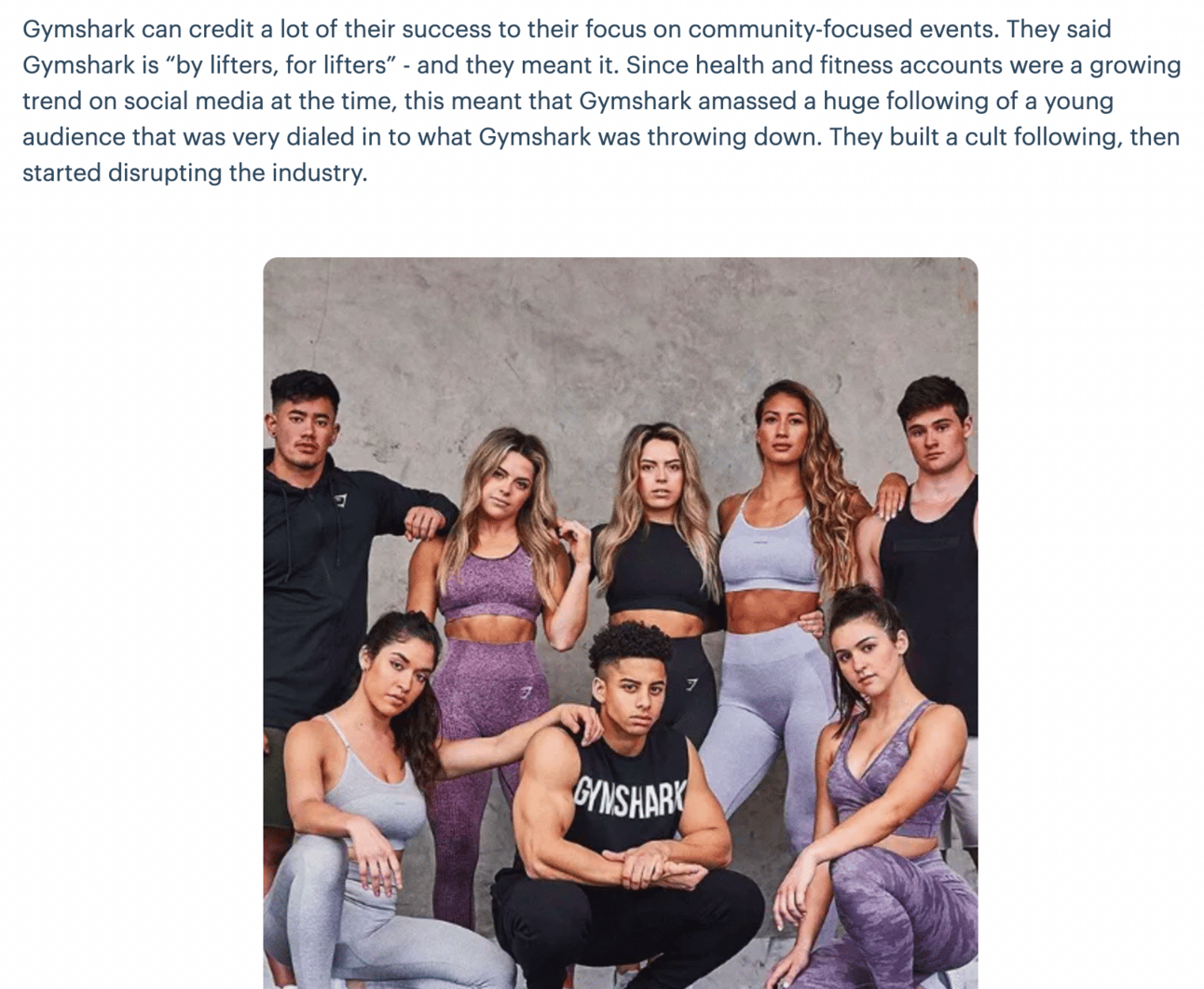
Social Media Engagement: Regular and strategic use of social media platforms, especially Instagram, helped build a strong community around the brand. Francis focused on creating visually appealing content and engaging directly with followers.
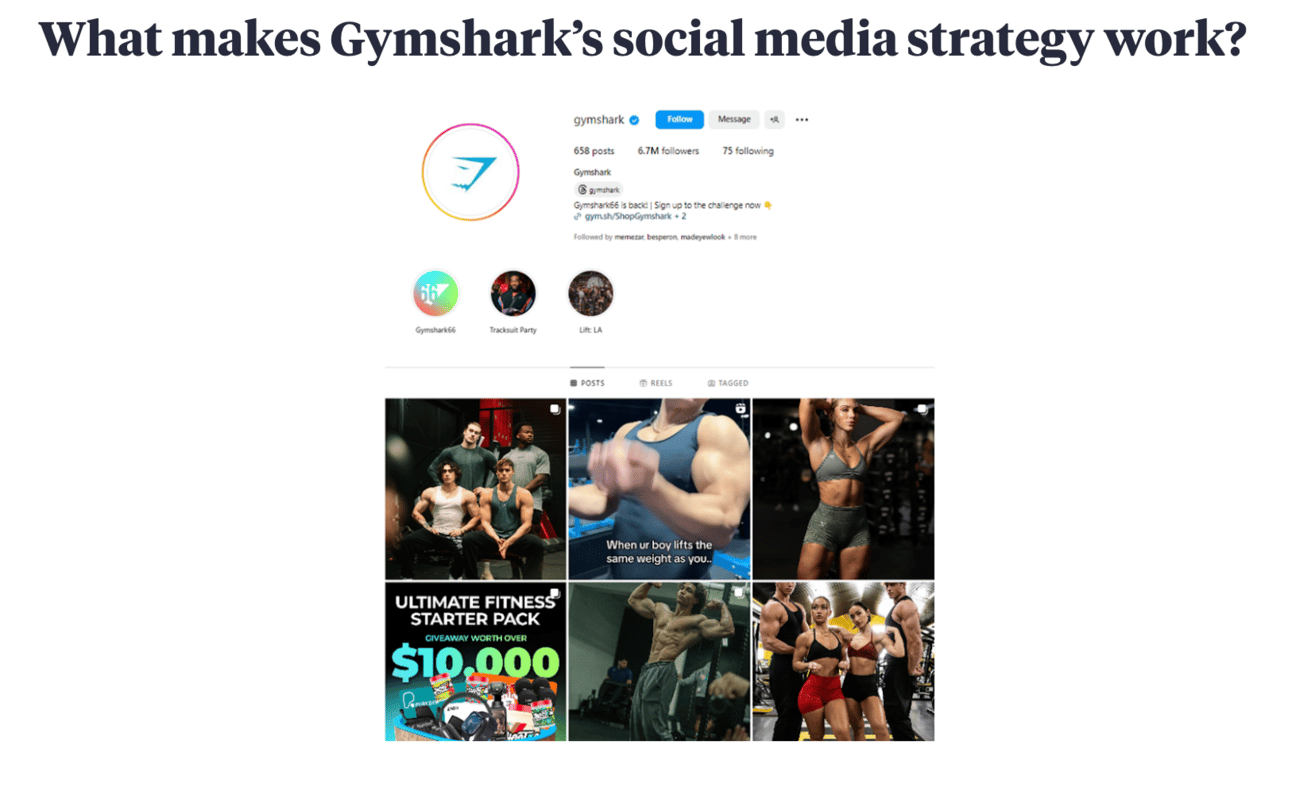
Document the Journey: conscientiously documented every aspect of its growth through his vlogs.
So viewers and potential customers were exposed to first-hand successes and growing pains of the business. Also gaining insight into the personalities and people behind the brand - showcasing the family-oriented and close-knit feel to the company.
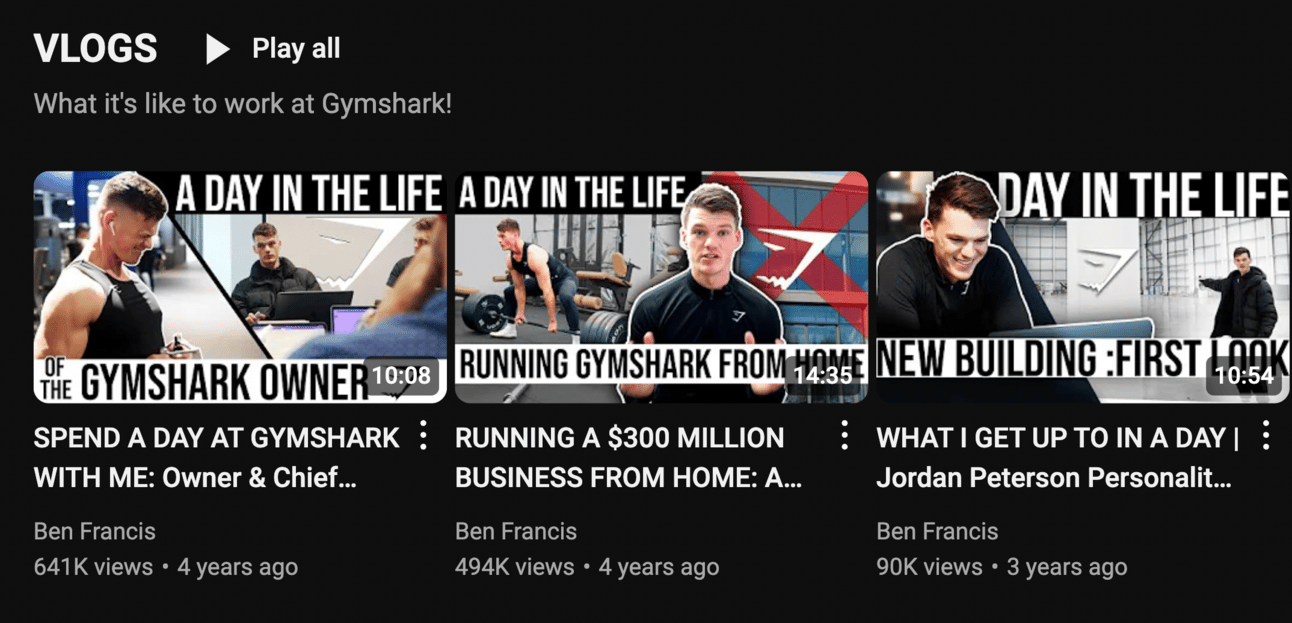
Coming Up… How Does Amazon Run Operationally?
Eventually I want to have acquisition more dialed in so I can focus on the customer experience (my favorite part: How can we use data analytics to track customer feedback and improve?)